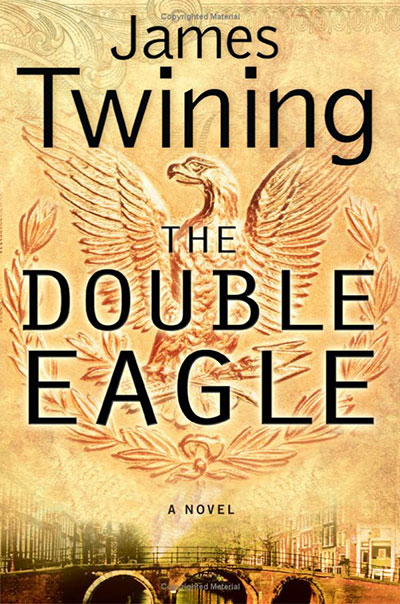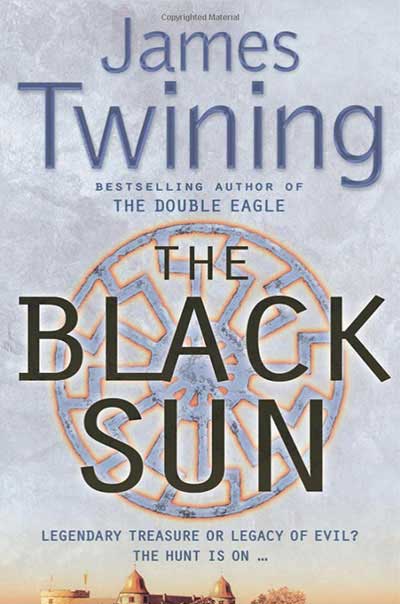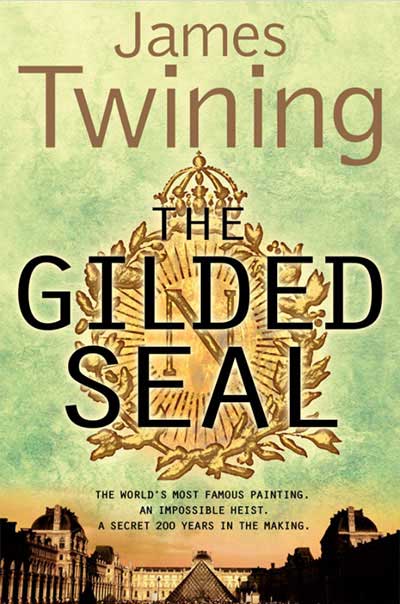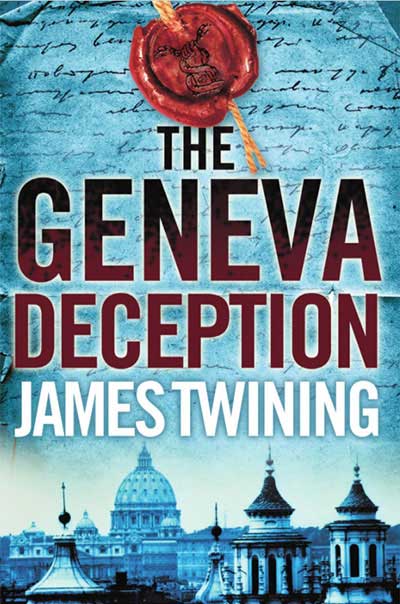The central plot of The Gilded Seal is constructed around and inspired by three real life crimes: the theft of the Mona Lisa in 1911, the theft of the Madonna of the Yarnwinder (see below) and a notorious New York international art forgery scam (see below).
Theft of the Madonna of the Yarnwinder

The theft of the Madonna of the Yarnwinder from Drumlanrig Castle in Scotland in 2003 remains one of the art world’s most notorious unsolved crimes.
The heist was carried out by two men posing as tourists. Having paid for a tour of the castle, they ancestral home of the Dukes of Buccleuch, they made their way to the oak-panelled hall where the da Vinci hung, ignoring other masterpieces by Rembrandt and Holbein along the way. Once there they overpowered the attendant guarding the room (a student on a summer job), unhooked the painting from the wall and, as the alarm went off, unbolted a window and shinned down an outside wall.
Two genuine tourists from New Zealand who witnessed their unconventional exit were reassured that everything was okay by one of the thieves as they sauntered across to where two accomplices were waiting for them in a battered white Volkswagen driven.
“Don’t worry love, we’re the police,” He said. “This is just practice.”
The car was later found abandoned about two-and-a-half miles from the castle, with the police believing that the speed and effectiveness with which the men stole the painting and made their getaway was indicative of the detailed planning typically associated with international art theft, rather than opportunistic crime.
Some estimates have valued The Madonna of the Yarnwinder at close to í£80 million.í Given the difficulty and dangers inherent in trying to sell a painting of this stature and value or ransoming it back to the owners, many experts have concluded that it was stolen as a status symbol by someone in the criminal underworld or, more likely, as a makeweight in a drugs deal.
In October 2007, over three years after the original theft, the painting was sensationally recovered by the police in an undercover operation (click here). Four men were arrested and the painting returned to its home at Drumlanrig.
In The Gilded Seal, The Madonna of the Yarnwinder is stolen from Drumlanrig Castle by notorious art thief, Milo and Tom is asked to investigate
Fraud and forgery in New York
In May 2000, Christie’s and Sotheby’s released their spring catalogues for their forthcoming modern-art auctions. To their shock, however, they realised that they were both planning to sell the same painting – Vase de Fleurs (Lilas) by Paul Gaugin, a mid-market painting worth several hundred thousand dollars. One of the paintings, clearly, was a fake.
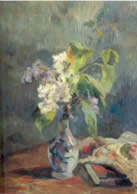
The auction houses immediately flew both works to Sylvie Crussard, a Gauguin expert at the Wildenstein Institute in Paris. She put them side by side and soon identified the Christie’s version as being, as she put it, ‘not right’. Even so, it was the best Gauguin counterfeit she’d ever seen, it’s resemblance suggesting that the forger had had direct access to the original.
While Christie’s informed the shocked owners at the Gallery Muse in Tokyo, the real painting went back to Sotheby’s, where it netted its owner – New York art dealer Ely Sakhai – $310,000. But when the FBI traced the history of the forged Gaugin, they made a shocking discovery – it too had originally been sold to the Gallery Muse by Sakhai.
Unwittingly (it was pure chance that the oblivious owner of the Tokyo forgery decided to resell his copy at the same time as Sakhai had planned to offload the original), the FBI had stumbled across one of the most audacious scams the art market has ever known which. Sakhai’s scheme, which netted him close to $3.5 million over the years was brilliantly simple – he would buy a little-known painting by a modern master, have a forgery made, and then sell both the original and the copy, thereby doubling his money. To avoid detection, he would sell the copies to buyers in Asia and the real ones in the New York and London auction rooms.
For example, in 1990 Sakhai bought La Nappe Mauve by Marc Chagall at a Christie’s auction for $312,000. Three years later, he resold the painting to a Tokyo collector for $514,000. Only it wasn’t the real painting but a fake, Sakhai having slapped the original’s certificate of authenticity (issued by the Comité Chagall) to help mask his subterfuge.í Then in 1999, Sakhai sold the real La Nappe Mauve at Christie’s for $340,000 – a profit of $542,000 in little over 9 years.í Other paintings affected by the scam included Marie Laurencin’s Jeune Fille í la Mandoline, Les Maries au Bouquet de Fleurs and Le Roi David Dans le Paysage Vert also by Chagall, Jeune Femme S’Essuyant by Renoir and many other similar works.
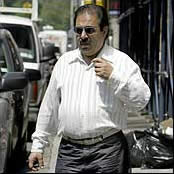
To facilitate the scam, Sakhai would regularly buy up old, rather worthless paintings in order to reuse the canvases, canvas age being one of the hardest things for a forger to recreate.í And while he would buy famous artists like Chagall, Monet, and Laurencin to copy, he never bought their A-list work, sticking instead to cheaper, lesser-known paintings worth no more than a few hundred thousand dollars which people would be less likely to know or bother spending money to have authenticated.í In other words, Sakhai understood the importance of flying under the radar.
Part of Sakhai’s success was undoubtedly the way that he turned the weaknesses of the art market to his own advantage. By avoiding the New York market, he ensured that his activities would not generate local attention, and exploited the Japanese reliance (some have termed it an obsession) with certificates of authenticity which he readily supplied along with his fakes. He also benefited from cultural differences, Japanese dealers being far less likely to cause trouble if they discover they’ve been cheated as they feel ashamed.
Most tellingly, though, he gambled on the fact that crying fake in the art world is surprisingly difficult, especially in the US. With million-dollar reputations on the line, few people are willing to burn bridges, or risk a libel suit, by claiming that someone is a fraudster, especially when, as was the case with Sakhai, the paintings in question were worth only a few hundred thousand and the victims are in far-flung places like Tokyo. Even though many dealers suspected what he was up to, no-one was prepared to call him on it.
It is highly unlikely that this type of scam could work today. Not only was Sakhai riding the wave of mid-90s Japanese prosperity and consumerism but poor communications made it hard for galleries, dealers and auction houses to compare paintings and so identify that a single painting was in two places at once.
The identity of Sakhai’s forger remains a mystery, with China identified as the most likely source given the ready supply of labour and the continued teaching of traditional oil techniques. Sakhai himself was sentenced in July 2005 to 41 months in prison, fined $12.5 million, and ordered to forfeit art works, for the crime of federal mail fraud.
In The Gilded Seal, the New York based art forgery case that Jennifer Browne is investigating is based upon Ely Sakhai’s audacious scam.

